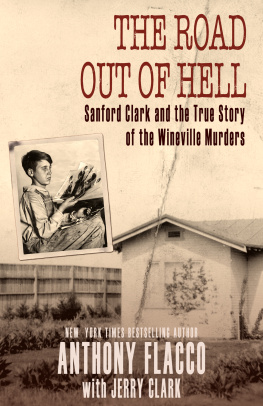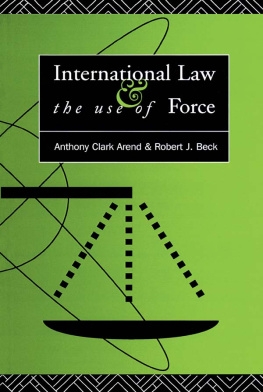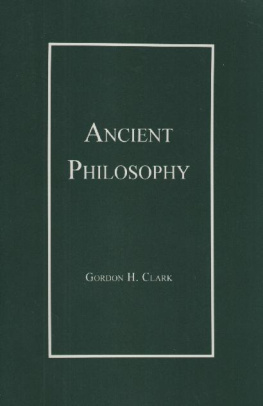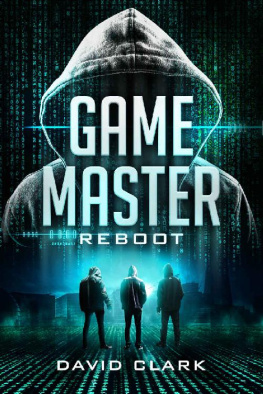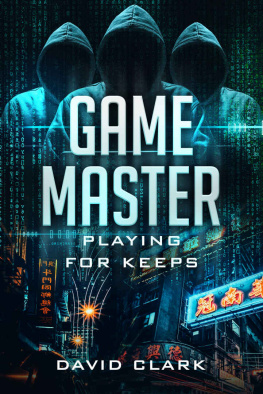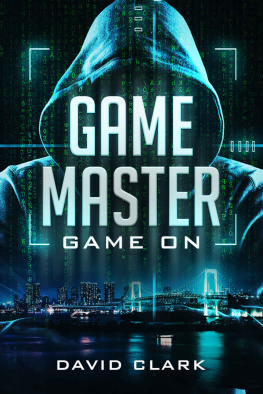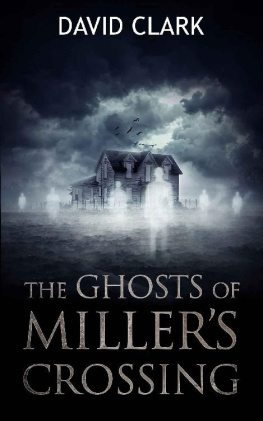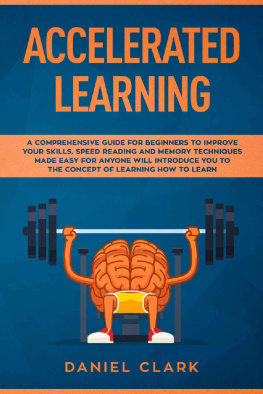Foreword
By Dr . M ichael S tone
host of the Discovery Channels Most Evil
Anthony Flaccos splendid book about the Wineville murders in the mid-1920s manages to be both chilling and uplifting. How is this possible? The reason is this: Though it is one book, The Road Out of Hell is two interlaced biographiesone of an uncle and the other of his nephew. Gordon Stewart Northcott, the uncle, is one of the worst human beings you will ever encountereven in true-crime literature, which does not shy away from evil acts and evil people. Sanford Clark, the nephew, is one of the most heroic persons you are likely to read about, due to his steadfast adherence to what is good and noble during the months he was subjected to unimaginable torture from his uncleand for the remaining sixty-two years of his life.
When he was twenty (just seven years older than his nephew), Northcott lured Sanford from Saskatchewan, where they both lived, to an isolated chicken ranch near Los Angeles. There, effectively cut off from the outside world, Northcott subjected Sanford to systematic torture, anal rape, degradation and humiliation, andin some ways, worst of allforced participation in the cover-up of Northcotts more than twenty murders of other boys and young men.
Since I already mentioned evil acts and evil people, let me say a few words about evil. Evil is not something instilled in a few unlucky persons by a malicious Lucifer. If we are to understand evil at all, we must think of it as a wordan emotional wordwe use to describe actions performed by other humans that we experience as breathtakingly horrible, shocking, and, often enough, nauseating. We learn of evil actions aplenty through the papers and the six oclock news. But it is extremely rare to learn of a person whose actions are evil all the time. This is truly an evil person.
The Road Out of Hell is the 633rd true-crime book I have read in the past twenty years. Alongside my work in forensics and as host of the Discovery Channel show Most Evil, this extensive reading has made me familiar with thousands of men and women who have committed murder in peacetime. (Wartime is a different story.) Northcott is only the sixth whom I would describe as an evil person.
All six killers Ive identified as evil have certain features in common: All are men guilty of serial sexual homicide; all are psychopaths; all are sadistic. The psychopath is quintessentially callous, manipulative, deceitful, and a stranger to compassion and remorse, though not necessarily violent or cruel. It is sadism that adds the qualityand this is its key featureof enjoying the suffering of others.
Most readers will be familiar with the iconic Jeffrey Dahmer, also a homosexual pedophile serial killer like Northcott. But Dahmer anesthetized his victims with knockout drops before killing them, and then had sex with the corpses. No such delicacy in Northcott. And no such luck for his victimsthose murdered as well as his nephew Sanford, who endured almost two years of his uncles sadism in its full panoply and extreme severity. One of the nastiest elements of sadism involved forcing Sanford to choose between participation in an evil act (smashing the skulls of the victims and scattering the fragments over the fields, to avoid detection) or being killed himself.
A mere teenager at the time, Sanford did the right thing: He chose life, albeit at the price of doing things utterly repugnant to him, things that he knew were wrongunder any but the bizarre circumstances in which he was held captive. Understandably, yet unnecessarily, he carried guilt about his participation to his grave. Sanford had nightmares and flashbacks for the rest of his life about the atrocities he had witnessed, and he had self-recriminations for the things his uncle had forced him to do. (In psychiatry, we push all that into the pigeonhole of post-traumatic stress disordera pretty pale label for all that Sanford suffered.) The consistently good, caring, and charitable life Sanford led after his uncles arrest was never enough to put his mind at ease, no matter that he served honorably for six years on the European front in World War II, was married for fifty-five years, and raised two sons. His story reads like one of redemptionthough, as author Flacco points out, redemption somehow isnt the right word, since Sanford had done nothing wrong to atone for.
What I find fascinating about The Road Out of Hell is not only the hell that Stewart created, but the road that Sanford was able to take out of it. In the last few years, psychiatry has come to understand more about the factors that nudge certain people into committing the outrageous acts we label evil. By no means are they all psychopaths and sadists. Some are self-centered schemers who plot to kill a spouse for insurance money; others are paranoid loners who lose a job or a lover and then explode into massacre. We know about heredity and birth complications, about bad families and childhood head injury, and even about some of the brain abnormalities that spell trouble in certain cases. So oddly enough, Northcottas rare an exemplar of evil as he isis less a mystery than his nephew Sanford, whose goodness is almost inexplicable.
Both uncle and nephew, in addition to having a fourth of their blood in common, had mothers who were abusive, unscrupulous viragos. Both had fathers who were tyrannized by their wives and indifferent toward their children. And yet, one ended up evil and the other transcendently good. Why? I dont know. Most people are compassionate, have empathy, and live their lives without succumbing to violence or cruelty. A certain measure of goodness is, so to say, our default position. Most of our brains are wired for being morally upright and good. Only a few are wired for wickedness. For the super-goodness of Sanford, we have no word in the language and little understanding. But were also wired to feel awe, when we hear of either the terribly bad or the astonishingly good. Thats what makes Flaccos book what it is: awesome.
Preface
By Anthony Flacco
The events and characters in this book are real. All speculation and dramatization is bounded by the known facts and is employed to hold the story together without harming the truth of it.
Because the cruel deaths of kidnapped children are at the bottom of all this, the telling must be honest and fair. However, as with any infamous murder trial implicating multiple defendants, there were people lying, guessing, and speculating all around this case back in those times, and some of those conflicting accounts survive today. Anywhere I encountered incompatible versions of something, I let the accumulated research guide me as to which one to accept. Any guessing of my own regarding the portrayals of the people in this story is done within the parameters of documented evidence. As often as possible, the manner of each characters speech is taken from transcriptions of their spoken words in court records, police records, and newspaper records dating from the year 1926 and forward. Imagination and extrapolation fill the gaps.

